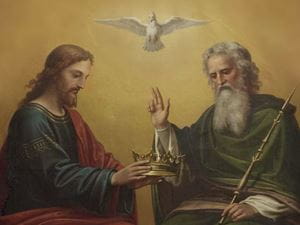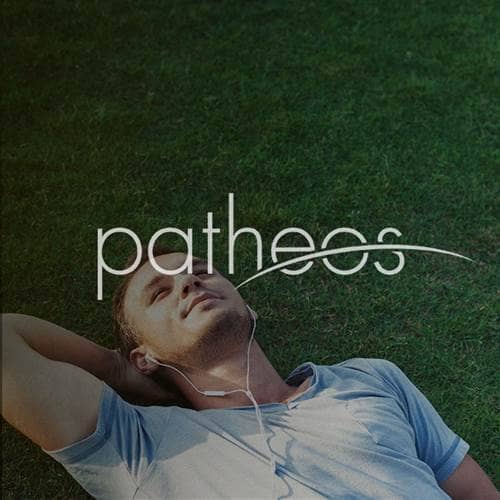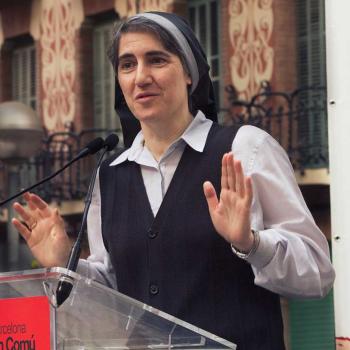
The Christian doctrine of the Trinity is the belief that there is one true and living God who exists as three coeternal Persons—the Father, Son, and Holy Spirit. They are distinct Persons but not separate; they all share one essence. The Bible does not contain the word “Trinity.” This word was first coined by a second-century Christian scholar, Tertullian, who used it to describe this unique teaching of Three-in-One. Early Christians began to understand the nature of God as a relational Being.
The early disciples of Jesus were Jews, and therefore monotheists. They believed there was only one true God. When they encountered Jesus, listened to his teachings, watched his miracles, and witnessed his resurrection, they felt compelled to worship him. Somehow, this Jesus was God too, but they did not believe that there were two Gods. Rather, they sensed that there was some intrinsic oneness between Jesus and the Father. They also came to experience the Holy Spirit as God. The early years of the church were rich in discussion about the nature of God that included a Father who sends his Son and who pours out his Spirit.
The gospels all supported this conversation. For example, John 3:16 says that the Father sent the Son into the world. In Matthew 17.5, the Father from heaven speaks about Jesus as his Son. In John 14-16, Jesus makes numerous references to all three of the Persons: he was leaving and was returning to the Father; when he left, the Father would send the Spirit who would teach them; the Father and Jesus would come to the believer and make a home with him or her. In Luke 3.22, Jesus is being baptized when a voice from heaven acknowledges him as God’s Son, and the Spirit descends on him as a dove. These and many other gospel references show three persons in relationship with each other. And yet they are, as Jesus insisted, one (John 10.30). Many scholars point out that without the Trinity, the gospel makes no sense. Only in a Trinitarian structure could God send a divine Son and pour out a divine Spirit.
While the New Testament writers had not yet developed the language to explain Trinitarian ideas, they clearly embraced this reality. Many of Paul’s epistles begin with a brief preface that builds his arguments on this tripled experience of God: God our Father, Jesus Christ our Lord and the Son of God, and the Spirit of holiness (e.g., Romans 1.1-7). He concludes his second letter to the Corinthian Christians with this: “May the grace of the Lord Jesus Christ, and the love of God, and the fellowship of the Holy Spirit be with you all” (2 Corinthians 13.14).
In the centuries after Jesus’s life, his followers worked hard to understand this Three-in-One relationship. Over the years, theologians proposed a variety of explanations that jeopardized the unique character of this teaching, some by making them different gods, some by lowering Jesus’s status to a secondary divine being, some by conflating the three persons into one who played different roles. Though some of these explanations were compelling to a lot of Christians, ultimately the church rejected them as inadequate understandings of what was going on in the gospels. At the Council of Nicaea in A.D. 325, Christian leaders first hammered out a creedal summary of the Three-in-One God who created all things, who redeemed the world through Jesus, and who sanctified the world in the Spirit. Christians call this summary the Nicene Creed and it has become the universally accepted statement of faith in traditional Christianity.
3/23/2021 6:32:41 PM







